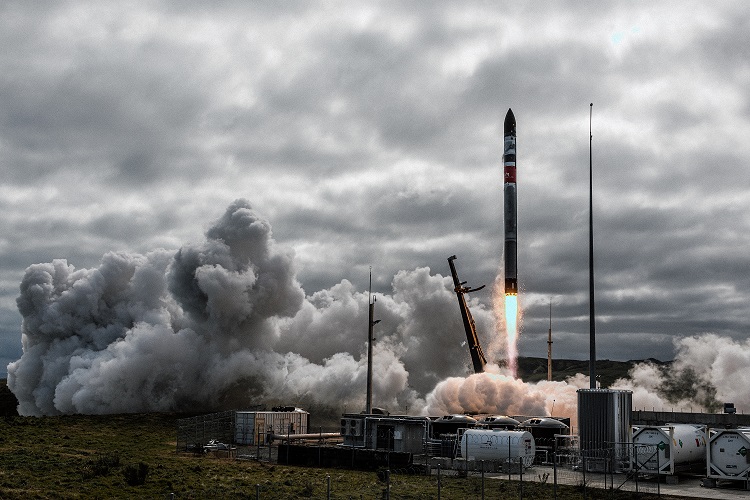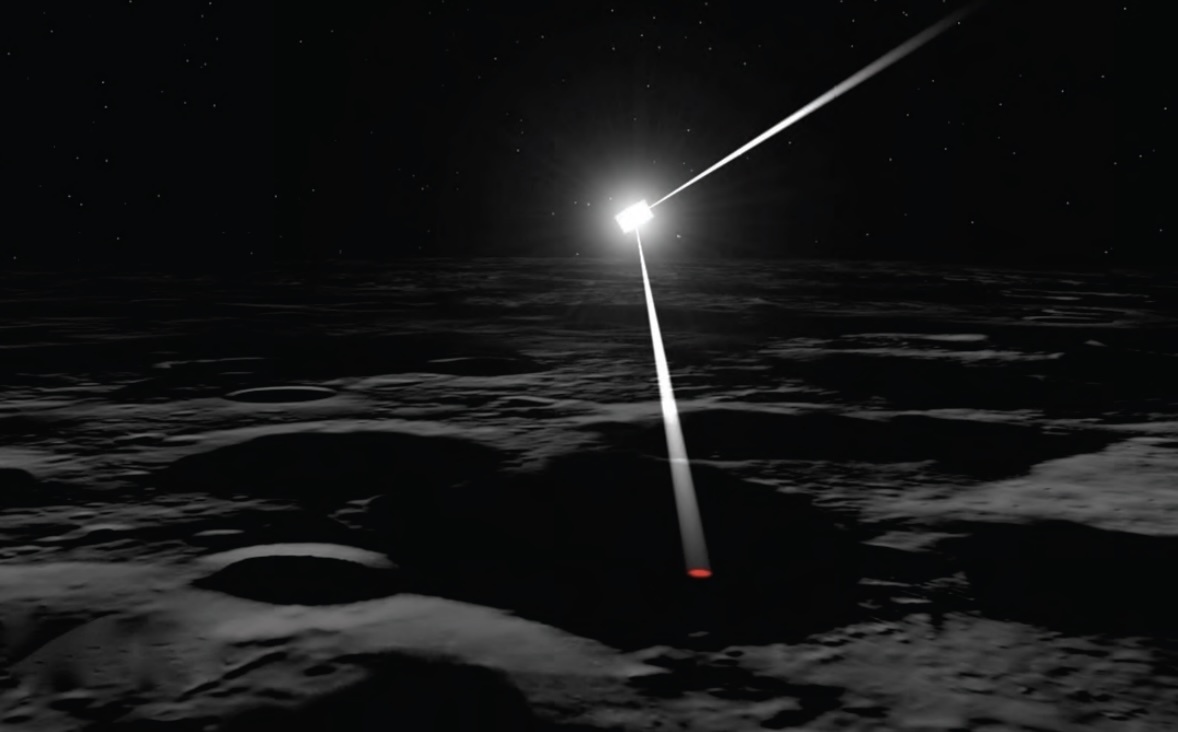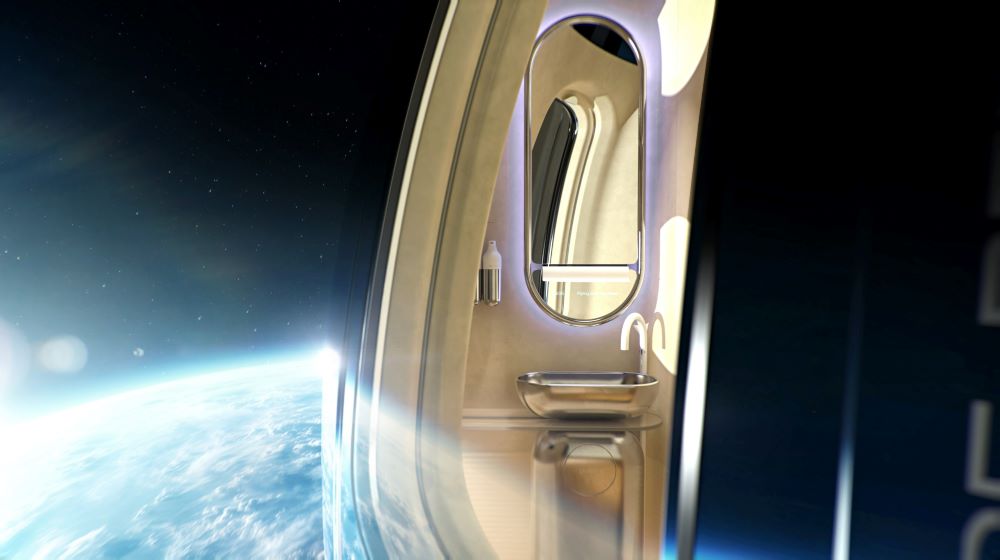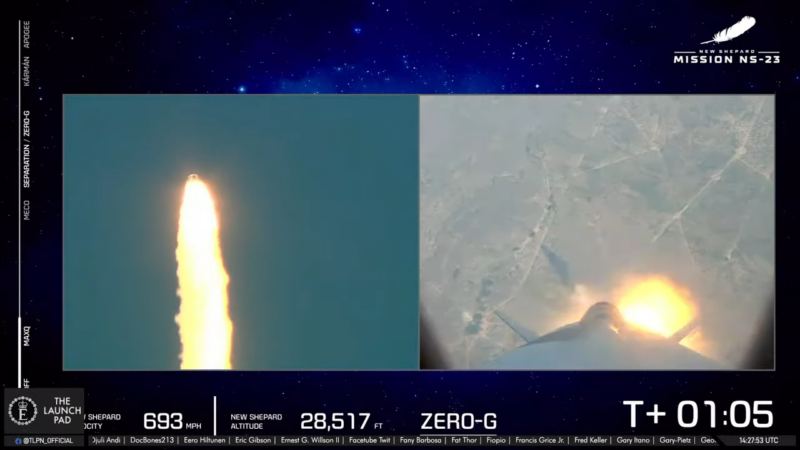This idea really is quite a fascinating one. Currently a trip to Mars would require large amounts of air, water and other resources to sustain human life but would also expose travellers to harmful levels of radiation. A wonderful solution has been proposed in a new paper recently published by researchers from Ukraine. They propose that asteroids which already travel relatively close by Earth, Mars and even Venus already could be used to hop between the planets. They are already making the journey anyway and so perhaps the cosmos already provides the solution to interplanetary travel.
Continue reading “Astronauts Could Take an Asteroid Ferry from Earth to Mars”Unloading Cargo on the Moon

I don’t think it’s something I have ever really thought of! Robotic explorers can travel around the Solar System visiting our neighbouring planets but when they arrive, sometimes a scientific package must be deployed to the surface. Never occurred to me just how that’s achieved! With a number of landers scheduled to visit the Moon, NASA are testing a new robotic arm called the Lightweight Surface Manipulation System AutoNomy capabilities Development for Surface Operations or LANDO for short! It will lift payloads off the lander and pop them down gently on the surface of the Moon.
Continue reading “Unloading Cargo on the Moon”Mercury is the Perfect Destination for a Solar Sail
Solar sails rely upon pressure exerted by sunlight on large surfaces. Get the sail closer to the Sun and not surprisingly efficiency increases. A proposed new mission called Mercury Scout aims to take advantage of this to explore Mercury. The mission will map the Mercurian surface down to a resolution of 1 meter and, using the highly reflective sail surface to illuminate shadowed craters, could hunt for water deposits.
Continue reading “Mercury is the Perfect Destination for a Solar Sail”NASA Announces its 2025 Budget. Lean Times Ahead.
Space flight is an expensive business and that money has to come from somewhere. The White House has just released their budget for fiscal year 2025. What does that mean for NASA?, they will get $25.4 billion, the same as it received last year but $2 billion less than it requested. NASA Administrator Bill Nelson said the constraints come from a debt ceiling agreement that limits non-defence spending. Alas the $2 billion deficit means NASA will need to cut costs from various missions.
Continue reading “NASA Announces its 2025 Budget. Lean Times Ahead.”Spending Time in Space? Maximize Your Health with this Space Salad

Space exploration carries with it many challengs and one of them is eating, or more accurately the provision of food. During short duration missions then its reasonable to take pre-packaged meals that have been provided from Earth. For long germ missions its a different story, not only will the fearless space explorers crave fresh food its also more of a logistical challenge to take enough food for a trip spanning many years. Researchers have now developed a healthy ‘space salad’ from ingredeints that could be grown in space.
Continue reading “Spending Time in Space? Maximize Your Health with this Space Salad”Iran Sent a Capsule Capable of Holding Animals into Orbit.
Despite popular opinion, the first animals in space were not dogs or chimps, they were fruit flies launched by the United States in February 1947. The Soviet Union launched Laika, the first dog into space in November 1957 and now, it seems Iran is getting in on the act. A 500kg capsule known as the “indigenous bio-capsule” with life support capability was recently launched atop the Iranian “Salman” rocket. It has been reported by some agencies that there were animals on board but no official statement has been released.
Continue reading “Iran Sent a Capsule Capable of Holding Animals into Orbit.”Titan Dragonfly is Go!…. for Phase C

The surface exploration of Saturn’s largest moon, Titan, just got one step closer to reality as NASA’s much-anticipated Dragonfly mission recently received approval from the powers that be to advance to Phase C, which is designated as Final Design and Fabrication, according to NASA’s Systems Engineering Handbook. This comes after the Dragonfly team successfully completed all the requirements for Phase B in March 2023, also known as the Preliminary Design Review or Preliminary Design and Technology Completion in the NASA Systems Engineering Handbook.
Continue reading “Titan Dragonfly is Go!…. for Phase C”Sit on the Toilet while you Gaze at the Earth from the Edge of Space
You’re an excited, spacefaring passenger strolling about a pressurized cabin approximately 30 kilometers (20 miles) above the Earth. Your trip is scheduled for six hours, and you’ve already consumed the world-class food and drinks to complement this awesome view from Spaceship Neptune, which is provided by Space Perspective, the World’s First Carbon-Neutral Spaceflight Experience Company. But now you’re three hours into your trip and you have to go to the bathroom. Don’t worry, that’s where the Space Spa comes in, which was recently unveiled as one of the many features offered by Space Perspective as part of its spaceflight experience. An important aspect is paying customers, which Space Perspective refers to as Explorers, will be able to catch the great view even while taking a break in the Space Spa, with Space Perspective posting detailed images of the Space Spa to its official X page.
Continue reading “Sit on the Toilet while you Gaze at the Earth from the Edge of Space”40th Rocket Lab Electron Mission, “We Love The Nightlife”, Launches From New Zealand with Reused Engine

Private space company, Rocket Lab, launched its 40th Electron mission on their lauded Electron rocket, dubbed “We Love The Nightlife”, on August 24th at 11:45am New Zealand Standard Time (August 23rd at 7:45pm EST), which also marks the 7th launch of 2023, all successful. The purpose of the mission was to deliver the next-generation Acadia satellite for Capella Space to a circular orbit above the Earth at 640 km (400 miles), which was executed flawlessly. Acadia is part of Capella’s synthetic aperture radar (SAR) constellation and is the first of four Acadia satellites that Rocket is currently contracted to launch for Capella.
Continue reading “40th Rocket Lab Electron Mission, “We Love The Nightlife”, Launches From New Zealand with Reused Engine”A New Shepard Exploded. Fortunately, There Wasn’t Anyone on Board
On September 12, Blue Origin New Shepard mission, NS-23, failed just over one minute into an uncrewed flight, forcing the escape system to eject its New Shepard upper stage capsule, which landed safely near the launch site. Several science experiments were being carried onboard with the original flight plan calling for the capsule to reach an altitude of a little more than 60 miles, which is internationally acknowledged as the edge of space. While the flight was uncrewed and the capsule made a successful soft landing after ejecting, the scenario could have been far more ill-favored if the flight had been crewed with tourists.
Continue reading “A New Shepard Exploded. Fortunately, There Wasn’t Anyone on Board”





